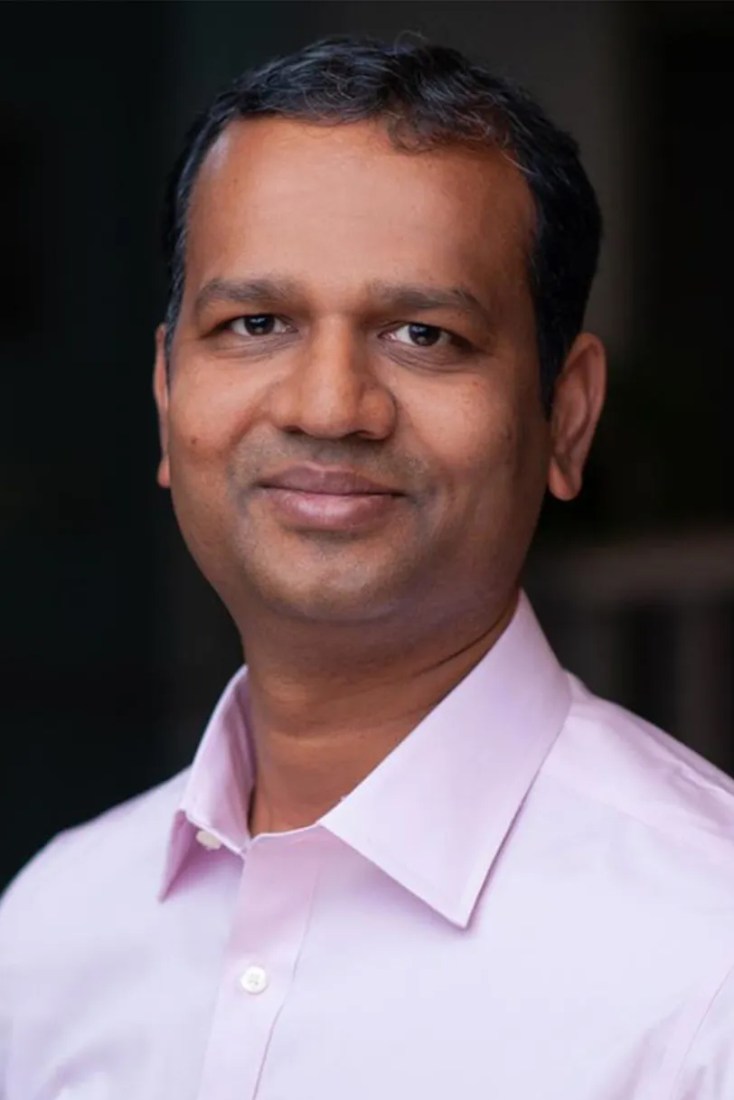Uniformed police reduced public sexual harassment in India more than undercover officers, new research finds
A Northeastern researcher set out to see how effective police in India are at tackling the widespread issue of public sexual harassment. What police aren’t seeing is just as important as what they are, he says.

Sexual harassment, whether it’s catcalling or groping, is one of the most pervasive forms of violence against women in the world.
According to Action Aid, 75% of women in U.K. cities have experienced some form of harassment. In India, that number is even higher: 79% of women in one of the most populous countries in the world have been sexually harassed. For governments and police departments, the question of how to reduce sexual harassment remains unanswered.
While governments and police departments try to find a winning strategy to reduce sexual harassment, police in Hyderabad, India, have launched an innovative program –– the Safety, Health and Environment Police Unit, or SHE Team –– to tackle sexual harassment in public spaces.
But is it actually working? A team of researchers recently set out to answer that question using a first-of-its-kind experiment. In the process, they learned that what police aren’t seeing might be even more important than what they are.
SHE Teams serve about 7 million people, effectively making them one of the largest police responses to sexual harassment in the world. In the program, police target harassment hotspots and station undercover officers to identify and penalize public forms of sexual harassment in those locations.

However, the research team, led by Nishith Prakash, a professor of public policy and economics at Northeastern University, found that using undercover officers is significantly less effective than using uniformed officers.
They did this by designing a randomized controlled trial spread across 350 public harassment hotspots in Hyderabad. Those locations were randomized into three groups: One group of locations was patrolled by uniformed SHE Team officers, another by undercover SHE Team officers and another by no additional SHE Team officers. During the six-month period of the experiment, officers would receive their daily shift schedules for the following week, which were set up by the researchers and a SHE Team coordinator.
Every day, officers would arrive at the station and would be randomly assigned to one of the 24 patrolling teams that were either in uniform or undercover. From week to week, they might change from undercover to uniformed, but they were always unaware that they were taking part in a research experiment, only that they were going on regular patrols.
Teams would spend about 15 to 20 minutes at a hotspot, each of which was patrolled three times per week on average.
But police weren’t the only ones patrolling these hotspots during the experiment.
The research team hired a group of 173 all-female enumerators who were trained to do what police do: observe crime. Enumerators were also randomly assigned to certain locations and stationed to observe sexual harassment with the goal of measuring the frequency and severity of sexual harassment. Sometimes police were visibly stationed and sometimes, unknown to them, undercover officers were present.
“Most of the time we rely on admin data that people are going to report, and, actually, people do report in Hyderabad,” Prakash says of available data on sexual harassment. “But still those numbers are nowhere close to what they would typically be.”
Featured Posts
Prakash and the research team ultimately found that about 30% of women in Hyderabad have experienced some form of sexual harassment based on a survey the team conducted. “But still those numbers are nowhere close to what they would typically be.”
“For the first time in the world we developed a novel tool to measure sexual harassment in public space,” Prakash says. “Nobody has this tool.”
After running the experiment for six months, “what we found is the opposite of what police thought,” Prakash says.
SHE Teams, whether uniformed or undercover, had almost no mitigating effect on sexual harassment overall. However, the devil is in the details.
“When you disaggregate that [data] into severe and mild –– severe would be groping and touching; mild would be whistling and catcalling –– that’s when you see very interesting results,” Prakash says. “You find that the uniformed arm reduced the severe form of harassment by 27%. It’s a huge effect. Undercover: nothing.”
Prakash was left with yet another question: Why?
To answer those questions, the research team designed another experiment, this time in a lab setting. They wrote and filmed a set of videos that represented incidents of harassment, both mild and severe, their enumerators had observed. Then they showed those videos to a group of police officers.
Prakash’s hypothesis was that officers just couldn’t detect a lot of these incidents of harassment because they are a fast-moving form of crime, but “I was wrong,” he admits.
“They can detect fast-moving crime, but they do not punish crimes and that is because of their own attitudes toward gender-based crime,” Prakash says. “Those officers who had more positive or progressive attitudes, they acted in that lab experiment on milder crimes and also harsher crimes.”
Even when officers notice harassment happening in front of them, they may not really see it as worth responding to depending on their own implicit biases. “This was the biggest revelation to me,” Prakash says.
Breaking down those biases is one of the biggest challenges but also one of the best ways police can start to more effectively police harassment, he says. It’s this conclusion that led to another of Prakash’s research projects: an innovative police training program that uses theater techniques and roleplaying to get officers thinking about their implicit gender biases.
“The key lesson to me is training: You have to invest in this training,” Prakash notes. “You have to come up with ways to train them because when these officers are hired, they don’t get a lot of training.”











